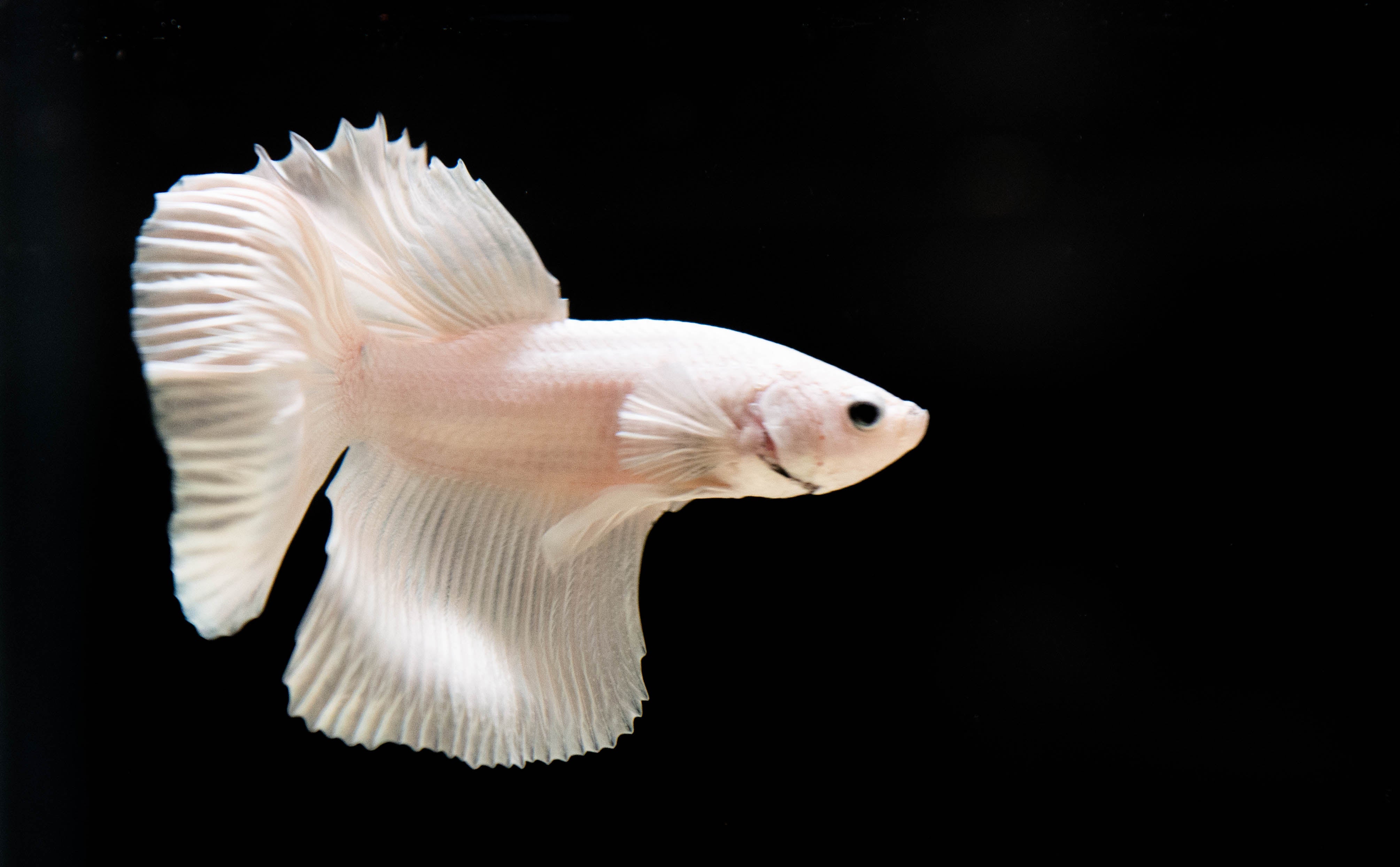The Ultimate Betta Fish Treatment Guide for New Pet Dog Owners
The Ultimate Betta Fish Treatment Guide for New Pet Dog Owners
Blog Article
Reproducing Betta Fish: a Comprehensive Step-By-Step Guide to Effectively Raising Child Bettas From Eggs to Adulthood
Reproducing Betta fish is a precise endeavor that calls for careful preparation and execution to ensure the effective development of fry from eggs to develop fish. As the male Betta diligently constructs a bubble nest and guards the precious eggs, the subsequent stages of treatment and shift need interest to information and knowledge of best techniques.

Choosing Reproduction Pairs
When getting started on the journey of reproducing Betta fish, selecting the best breeding pairs is crucial to accomplishing preferable characteristics and a healthy lineage - betta fish. The very first step in this procedure is to identify the particular characteristics you want to boost or protect, such as color, fin kind, and physique. It is important to pick genetically varied sets to avoid inbreeding, which can lead to wellness problems and unfavorable attributes
Review possible breeding prospects thoroughly. A healthy male Betta should show lively shades, an active demeanor, and well-formed fins, while the woman must likewise show vivid pigmentation and a rounded stubborn belly, indicating readiness for spawning. Observing the personality of both fish is essential, as aggressive or extremely reluctant people might not reproduce successfully.
Maintaining documents of the moms and dad fish's origins can aid you track hereditary qualities and possible problems. Ultimately, spending time in the choice process will significantly enhance the chance of creating solid, vibrant offspring that fulfill your reproduction goals.

Preparing the Breeding Container
Developing an optimum breeding atmosphere is a key action after choosing appropriate pairs for Betta fish. The reproduction storage tank should be particularly designed to offer comfort and stimulate the natural breeding habits of the fish. Start with a storage tank size of at the very least 10 gallons to ensure sufficient space for both the man and female Bettas.
Keep a gentle purification system to maintain the water tidy while staying clear of solid currents that can worry the fish. In addition, an air stone can be included in offer oxygenation without disrupting the water surface too much.
Temperature level policy is essential; go for a secure variety of 78-82 ° F(25-28 ° C) utilizing a reputable heating unit. The pH degree must be kept between 6.5 and 7.5, and routine water modifications are needed to guarantee high water quality.
Include floating plants or generating sponges to develop concealing places for the woman, while likewise encouraging bubble nest structure by the man - betta fish. Make certain the container is free from sharp decors and any kind of possible hazards, as the well-being of the fish need to constantly be focused on throughout this critical phase of reproduction.
The Breeding Process
Generally, the breeding procedure for Betta fish entails a collection of distinct and visible actions that indicate preparedness for reproduction. The male Betta begins by constructing a bubble nest at the water's surface, which offers as a site for the fed eggs. This nest is critical, as it gives a risk-free environment for the eggs until they hatch.
When the nest is developed, the man will certainly present courtship actions, such as flaring his fins and exhibiting lively shades to attract the female. The lady, upon noticing the male's readiness, will respond by presenting vertical red stripes along her body, signaling her receptiveness.
When the women techniques, the male takes part in a mating dance, usually resulting in an embrace called the "spawning." During this welcome, the woman releases her eggs, which the male fertilizes immediately. The fertilized eggs after that drop to the sites bubble nest, where the male carefully gathers and returns them to the nest. Following this, the male presumes responsibility for securing the nest and making sure the safety and security of the eggs until they hatch, commonly within 24-36 hours. This phase is critical in the breeding process, laying the structure for successful fry development.
Caring for Betta Fry
Taking care of Betta fry calls for careful attention to their atmosphere and nourishment to ensure healthy and balanced growth and growth. After hatching, Betta fry are exceptionally small and susceptible, necessitating a steady and tidy habitat. Keeping a water temperature level between 78 ° F and 80 ° F is important, as Betta fry flourish in cozy problems. Furthermore, ensure that the water is devoid of dangerous toxins; regular water adjustments of 10-20% are advised to maintain optimum water top quality.
Feeding Betta fry is equally important. Feed them little amounts several times a day, being cautious not to overfeed, which can lead to water high quality concerns.
Transitioning to Adult Bettas
As Betta fry mature, transitioning them to grown-up Bettas is an important stage that needs mindful monitoring of their setting and social communications. This procedure commonly begins when the fry get to around 6 weeks of age, at which factor they can be gradually introduced to a more organized living setting.
To facilitate this transition, it is necessary to ensure that the water criteria-- such as temperature level, pH, and ammonia levels-- are optimal and stable. Adult Betta fish flourish in cozy water (around 78-80 ° F) with a pH of 6.5 to 7.5. Gradually accustom the fry to these problems to decrease stress.
Social interactions are one more crucial element; male Bettas are notoriously territorial and hostile. For that reason, it is a good idea to different males right into individual tanks as they mature. Women Bettas can be housed together, yet treatment ought to be required to keep an eye on for signs of aggression.
In addition, dietary adjustments need to be made as the fry grow. Integrate top notch pellets and live foods to sustain their development and health and wellness. By managing these factors effectively, you can advertise a successful transition to the adult years for your Betta fish.

Verdict
Successful reproduction of Betta fish calls for cautious interest to information throughout the entire procedure, from this website selecting genetically diverse pairs to navigate here offering optimal care for fry. Furthermore, a well balanced diet plan and steady adaptation to grown-up settings are vital for the growth and development of Betta fish.
Report this page